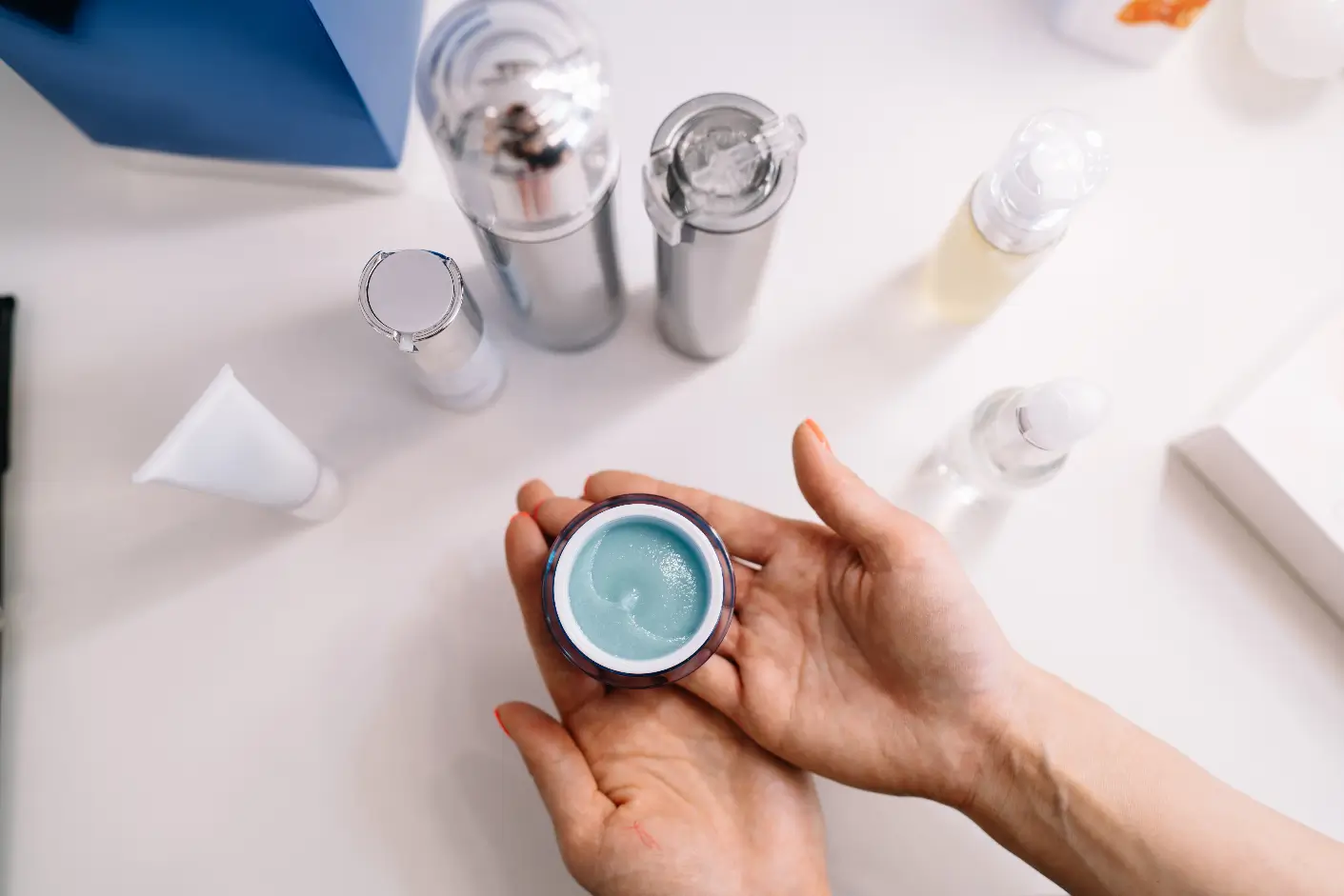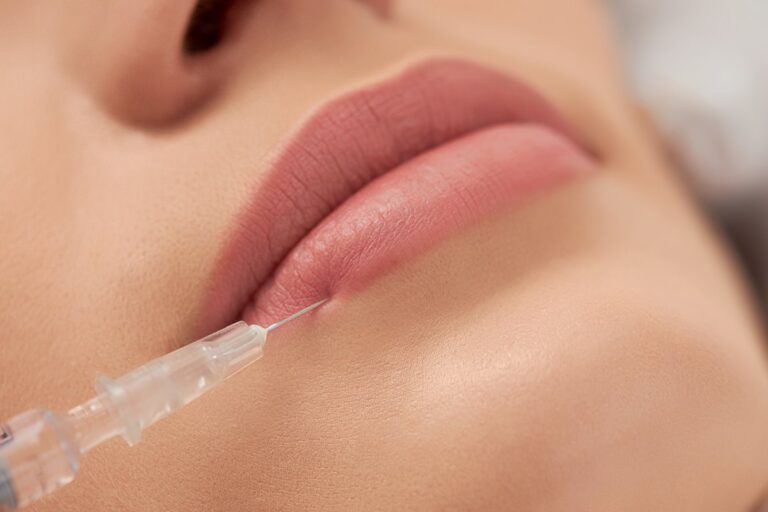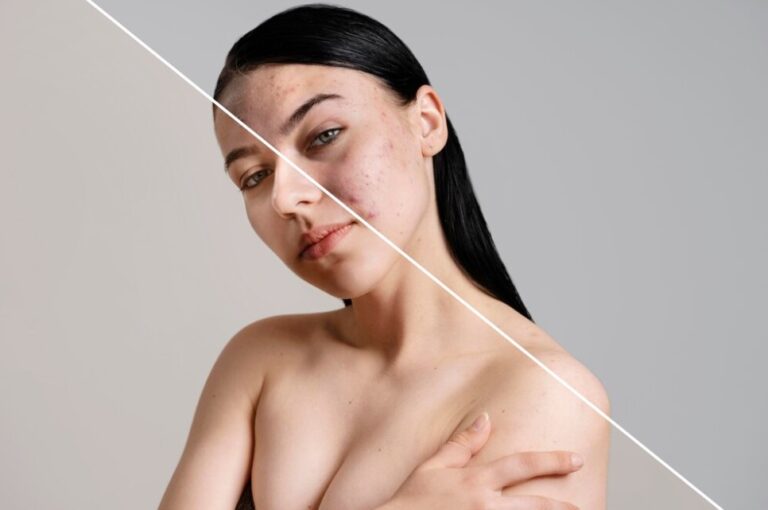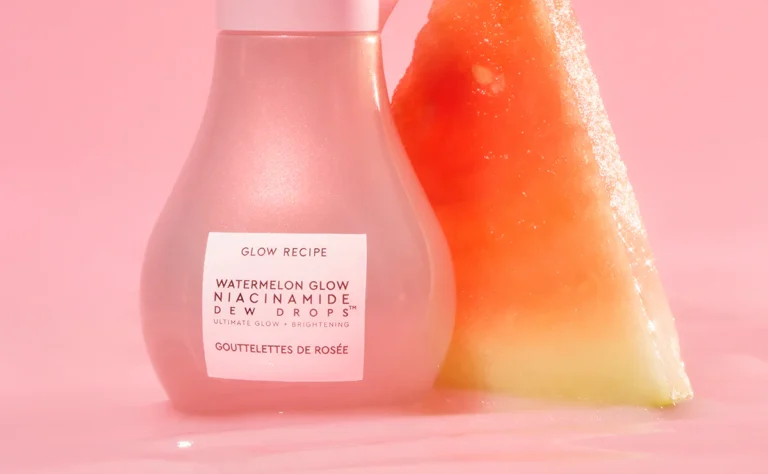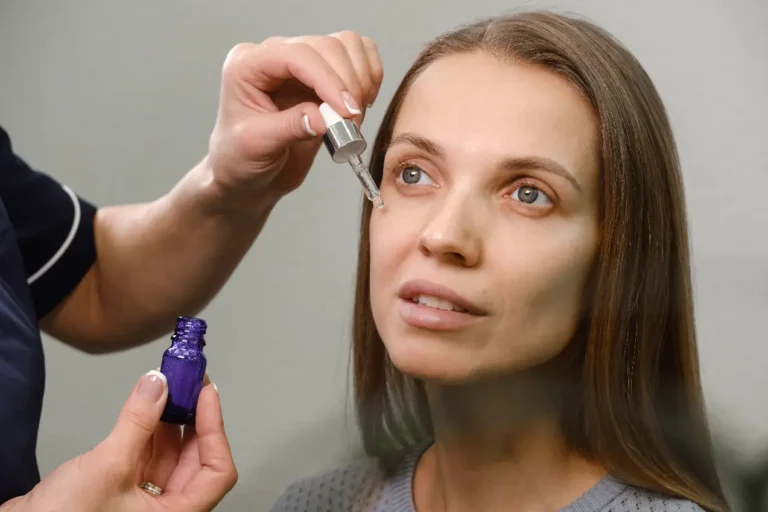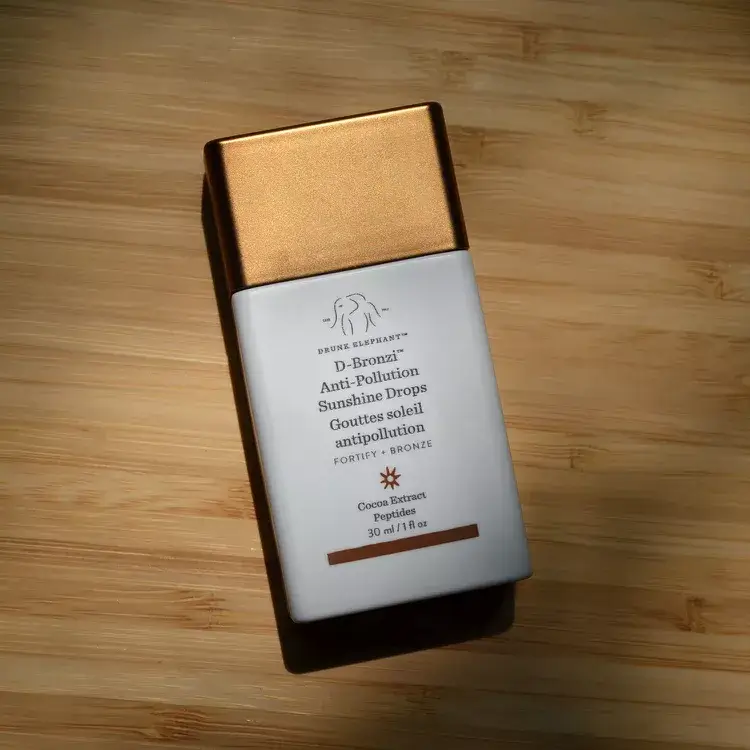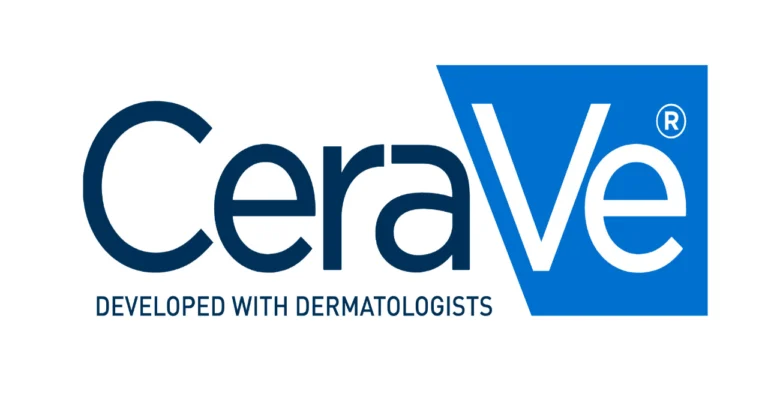Layering Skincare Products: The Ultimate Guide for Better Skin
If you find the world of skincare sometimes confusing and overwhelming, you are not alone. With so many products to choose from that all promise different results, to identifying which products you should be using and in what order, there is a lot to consider and often we get confused about layering skincare products.
But if you want your skincare routine to truly work for you, you have to make sure you are not only using the right products for your skin type and goals, but also that you are using them in the most productive order. In this blog post we are going to look at exactly how you should be layering your skincare products, and why it is important to do so in a certain order.
What are Skincare Products?
Skincare products is a broad term used to describe any products that are designed to support your skin, usually facial skin. They can support it by improving hydration, reducing oil, reducing the appearance of wrinkles, fading scarring and redness and even sun damage. Each skincare product is designed to do a different thing for your skin, so choosing the best ones for your skin type and what you want to improve is incredibly important. There is no such thing as a one size fits all when it comes to skincare products.

Why is Proper Layering Skincare Products Important?
Whether you use ten skincare products as part of your routine or two, there is a good reason why you should be layering your products properly. Proper layering of products allows your skin to absorb more of the active ingredients, so you are more likely to see better results quicker. If you use heavier products before thinner ones, for instance, you create a barrier on your skin, preventing the active ingredients from absorbing properly.
It is the active ingredients that you want to make sure you are getting absorbed onto your skin, because without them you will not see the results that you want. Layering skincare in the correct order also helps your skin to maintain its PH balance- lots of products require a very specific PH range to work best on your skin, so with the incorrect balance you may find a reduced effect.
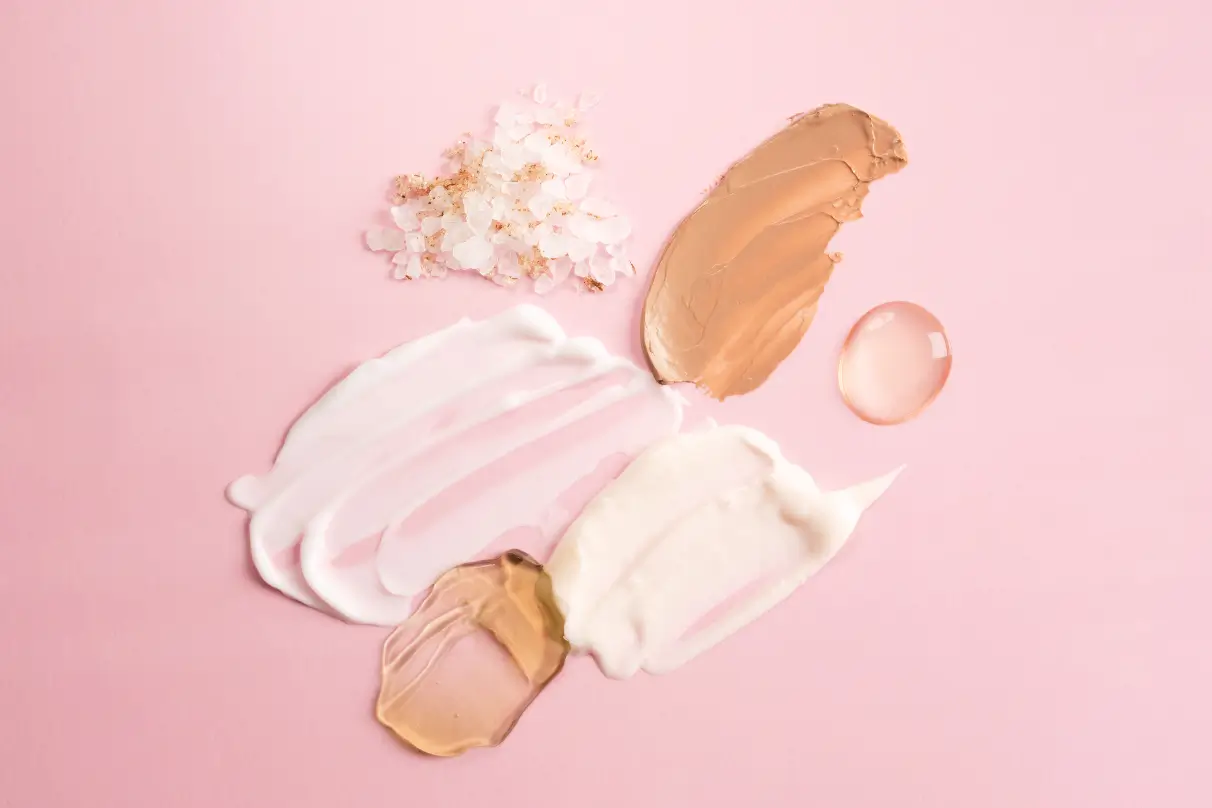
So, no matter how many products are part of your skincare routine, the best rule of thumb to follow is thinnest to thickest, to allow maximum absorbency without ruining the effect the products have on your skin.
Let’s have a look at two examples of products that need layering in a specific way:
Vitamin C and Hyaluronic Acid
Vitamin C and Hyaluronic Acid are two good examples of products that need to be layered properly to achieve the best result from them.
It is important to firstly apply the Vitamin C onto cleansed and dried skin, then apply the hyaluronic acid afterwards.
Hyaluronic acid can be used both in the morning and the evening, but Vitamin C is best used in the morning only, so bear this in mind when constructing your skin care order.
Vitamin C and Niacinamide
Contrary to popular belief, you can use Vitamin C and Niacinamide together without causing any harm to your skin. For appropriate absorption and to achieve the best result from both products, you should firstly apply the Vitamin C to your skin (after it has been cleansed and dried), and then apply the Niacinamide afterwards. This ensures that the thicker Vitamin C product has been given time to absorb into the skin before you add the Niacinamide on top.
But what about if you have a longer skincare routine? What is the best order to apply all the products you may use? The following is a guide to the order, but of course you may not use all of these, but it will still give you an idea of what order to use your specific products in. But remember, some of these products you will only use in the morning, and some in the evening, as we will discuss a bit later.
Cleanser
Cleansing should always be step number one no matter what type of products or how many you are using. Cleansing washes make-up and other dirt off your face and prepares it for absorbing the skincare products you use next. Think of clean pores like a clean slate- you can’t expect to see results from serums and moisturisers if you have a mucky base.
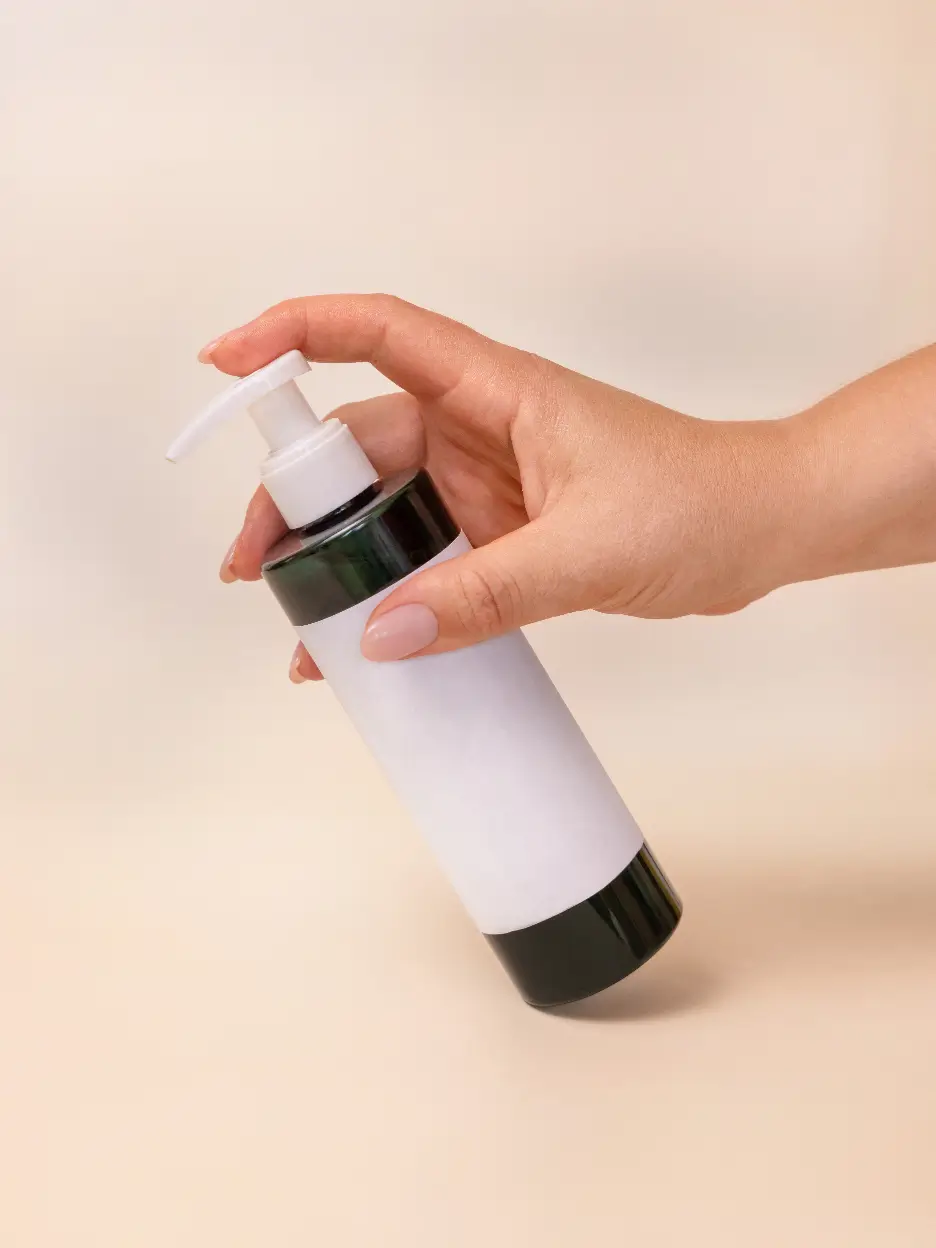
The best cleansers to use are those that are alcohol-free and work to balance your skin barrier. Anything too abrasive will strip too much oil from your skin and cause more problems, and you can choose cleansers that are best suited to hydration or oil reduction depending on what your skin type is.
Exfoliate
Exfoliating should not be part of your daily skincare routine, but done 2-3 times a week if you want to do it. Exfoliating products help to remove dead skin cells and promote a healthy skin texture, ultimately giving your skin the perfect base for the layering of the rest of your products. If you use retinol, which we will talk about a bit later, you should skip it on the days you exfoliate.
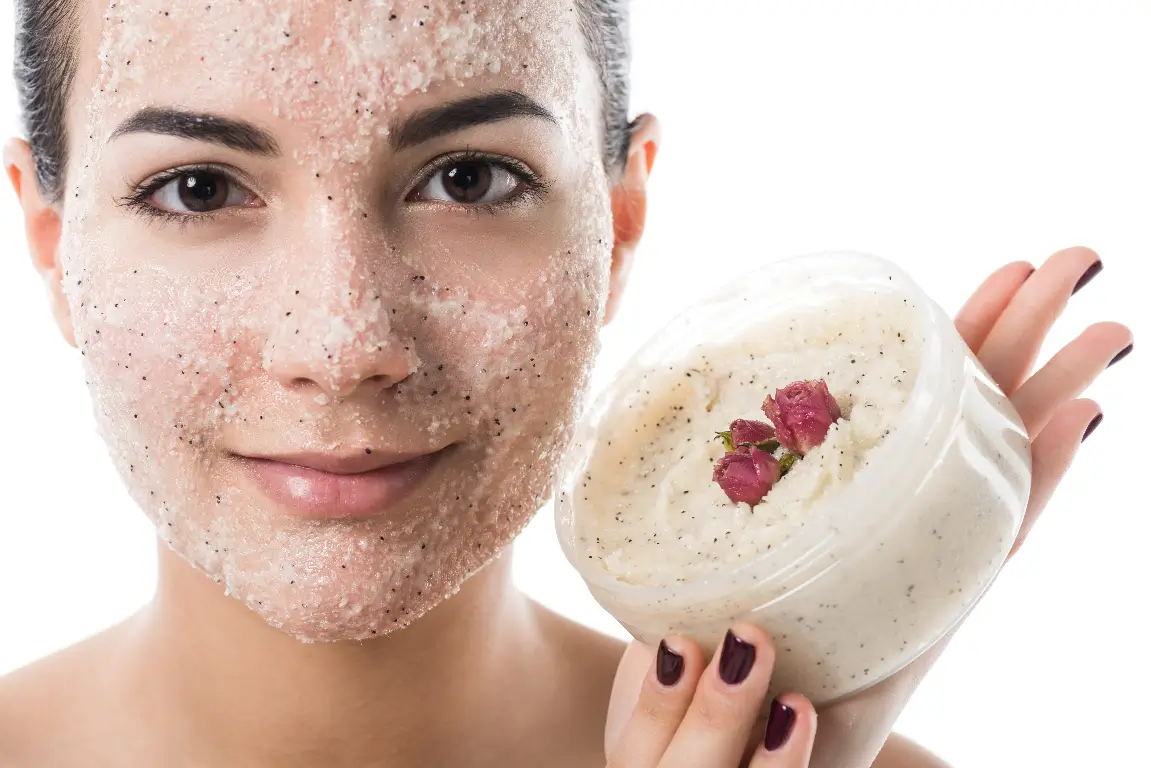
Toner
Toners are like the second round of cleansing, helping to get rid of any oil and dirt that may still be lingering even after you have cleansed. They are also great for promoting good skin PH levels which, as we mentioned earlier, works hand in hand with the rest of your skincare products. If you have acne-prone skin, toners can be good to remove excess oil, especially if you choose products with ingredients like salicylic acid.
Specific treatments
Not everyone will use spot treatments as part of their skincare routine, but if you are using targeted spot treatments like benzoyl peroxide or dark spot treatments, these should always be applied straight after a cleanser and toner. These types of products contain different active ingredients that you need in order to see an effect, so applying it after your skin is clean, but before you apply any other product, is the best time.
Serum
Serum is a broad word for any product that has a high concentration of a specific active ingredient. They are usually lightweight and include things like brightening Vitamin C serums, hydrating serums and anti-aging ones. Vitamin E serums also exist to help with moisture and serums with salicylic and azelaic acid are often used to help acne and reduce inflammation of the skin.

Retinol/Retinoids
Retinols and retinoids are a thick product and should therefore always be applied after a serum to ensure that the active ingredients in the serum have already been absorbed, and that the retinol can reach deeper into the skin. Not everyone uses retinol, and it can take a while for the skin to get used to it at first, so you should make sure that you only use it at night.
Eye Cream
Again, not everyone will use an eye cream, but if you do, the best time to put it on the skin is after you have cleansed, used toner and serum. Eye cream has a very thick texture, and is used to add moisture and hydration to the under eye, where the skin is delicate and prone to wrinkles.
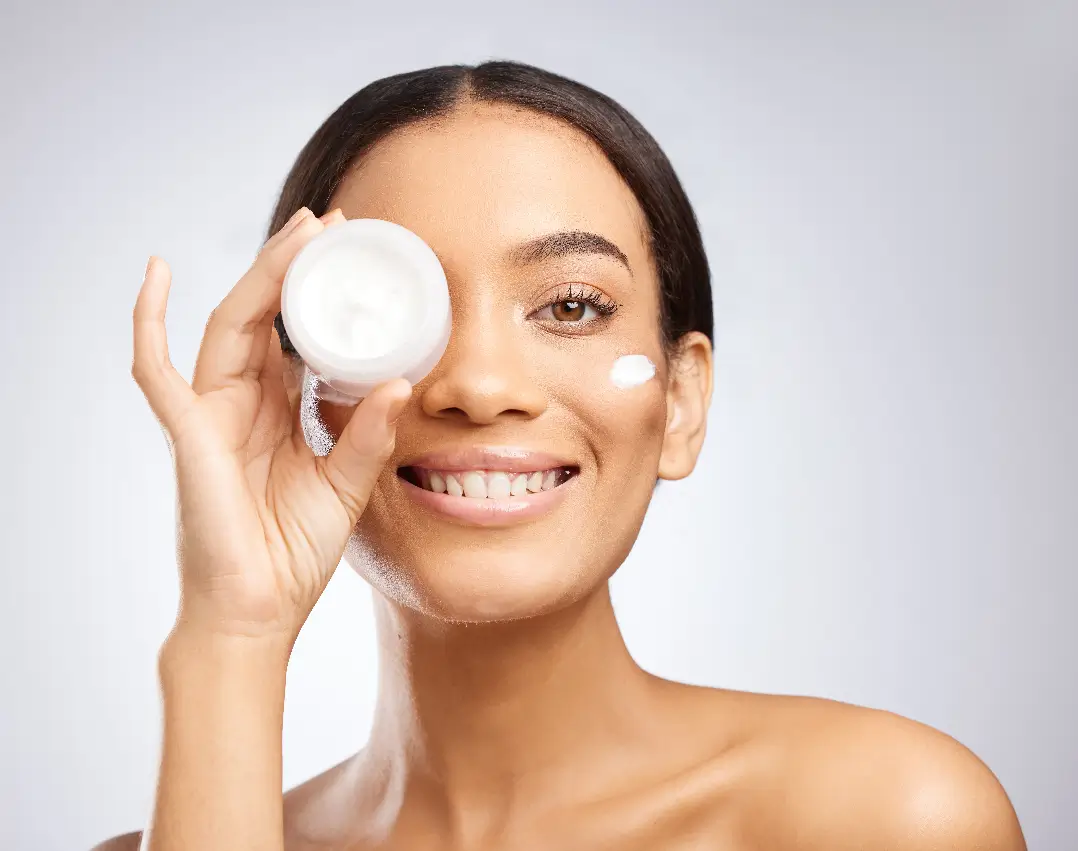
Moisturiser
Moisturisers are used to hydrate the skin and should always be used after the lighter products. If you use them too early in the routine you are at risk of them stopping the thinner products from absorbing properly. If you aren’t using any toners or retinols, apply your moisturiser after cleansing to help repair the skin barrier and work to its full effect.
Oils
People with particularly dry skin may also use facial oils to increase hydration on the skin. These are a lot thicker than moisturisers and if used before a moisturiser it can prevent it from absorbing properly into the skin. Use a few drops at a time and gently massage it into your skin.

SPF
You probably hear all the time about the importance of using suncream on your face every day, even during winter. It is true that suncream should always be a part of your skincare routine, protecting it from sun damage, wrinkles and UV rays, even if you can’t see the sun! Suncream should be SPF 30 or higher, and should be applied right at the end of your skincare routine.
Should I Have a Different Routine for the Morning and Evening?
Though there is no hard and fast rule to what skincare products you should use as part of your routine, there are some rules as to which products are best used in the morning, and which ones are best used in the evening.
Your morning routine should consist of cleansing, using a toner, any serums you may use, eye cream if you use it, specific spot treatment, moisturiser and then suncream. Your evening routine, however, varies slightly, mostly due to the fact that retinol is quite harsh and therefore best used at night, and because you also don’t need SPF on your skin for sleeping.
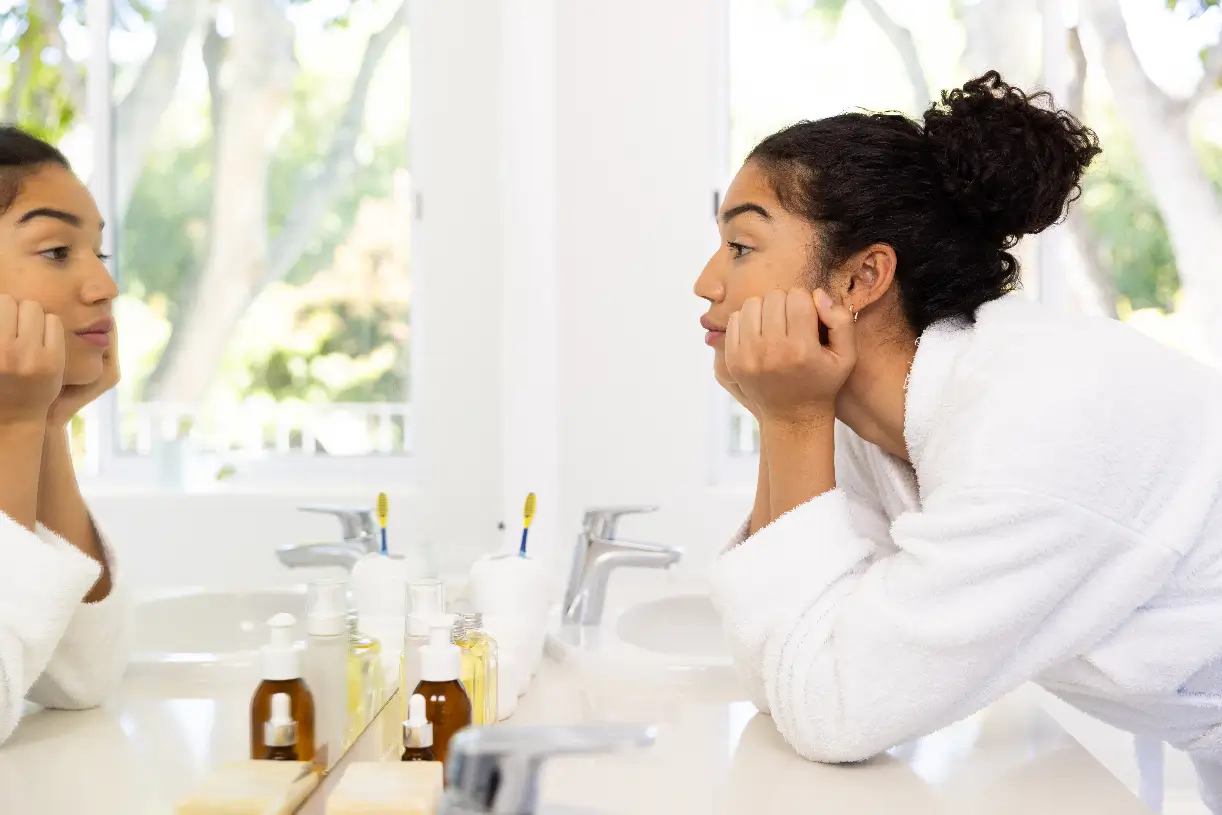
Therefore, your night product line up could look something like this: cleanser, toner, eye cream if applicable, any spot treatments or retinol, and then a moisturiser or night cream. Cleansing and toning is still as important at night as the morning to remove any makeup or dirt build up from during the day, and you can add retinols or night creams as extras for the evening only.
Conclusion
Though the world of skincare can sometimes feel overwhelming, one rule to always follow is layering your products properly. Whether you use two products or ten, you should implement the basic rule of layering thin to thick- starting with the thinner products, letting those absorb and then adding thicker products as you go along. By layering your products in this way, you will ensure that all the ingredients in your products are being absorbed properly, and you are receiving the maximum benefit from them. Everyone’s routine will be different, and it is important to make sure you are using products that are right for your skin, both in terms of being age appropriate and also right for your skin type.
